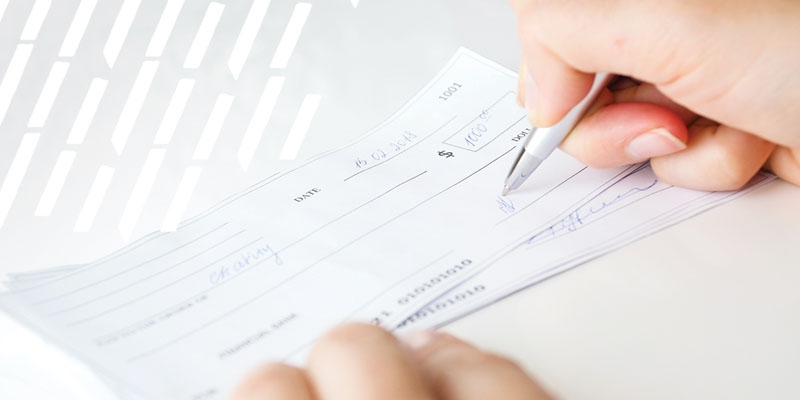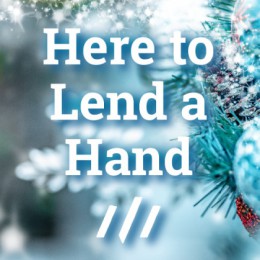Posted On: July 1, 2025 by Prevail Bank in: Banking / Money Management Fraud

Fake check scams can lead to significant financial losses. Scammers use counterfeit checks to deceive individuals and businesses into sending money or goods. Unfortunately, spotting a fake or fraudulent check is difficult due to advancements in technology. But understanding how to identify these scams and learning how to spot a fake check will help protect you.
Keep in mind that even a fake check can initially clear and appear as available funds in your account. However, it may take a week or more for the bank to detect that the check is counterfeit. If you spend any of that money before the fraud is discovered, you’ll be responsible for repaying the bank.
How might you acquire a fake check?
Scammers employ various tactics to make fake checks appear legitimate. However, there are common signs that can help you identify a counterfeit check.
- Overpayment for a product.
If the check amount exceeds what you’re owed and the sender asks you to refund the difference, it’s likely a scam.
- Prize winner.
If you are being asked to pay fees and taxes to claim a sweepstakes, it most likely is a scam
- Fake job / Fake paycheck.
If a company wants you to deposit a check and then send money back (because they supposedly overpaid by accident), or they want you to deposit a check and then send money elsewhere for equipment or something else, don’t do it. Their check is likely fake.
- Unsolicited check.
If you receive a check unexpectedly from someone you don’t know and they then contact you with a great sense of urgency, requesting the funds be returned or sent elsewhere via a wire transfer or cryptocurrency – it’s a scam.
How do you protect yourself from a fake check?
- Check the amount.
Never accept a check for more than the agreed amount and refund the difference. Legitimate transactions don’t involve overpayments.
- Examine the check.
Although spotting a fake check is difficult to identify by its looks, scammers do make mistakes. Some mistakes to look for are incorrect routing number, check number on the top right-hand corner doesn’t match the number on the bottom left hand of the check.
- Call the bank associated with the check to verify it's valid.
Before depositing a check, especially if it’s unexpected, contact the issuing bank using a phone number from their official website --- not the number on the check.
- Be skeptical of unsolicited offers
Offers for mystery shopping, job opportunities, or prize winnings that require you to deposit a check and send money elsewhere are often scams. Do not send money via wire transfer, gift cards, or cryptocurrency to someone you don’t know or trust.
What to do if you receive a fake check?
- Stop contact with the person that sent it to you.
- Report it to your local police department.
- Tell your bank about the suspicious check. They can guide you on the next steps and help prevent further issues.
- Report the incident to the Federal Trade Commission (FTC) at www.ReportFraud.ftc.gov
For additional information regarding fake check scams, please refer to the FTC’s article, How To Spot, Avoid, and Report Fake Check Scams.





